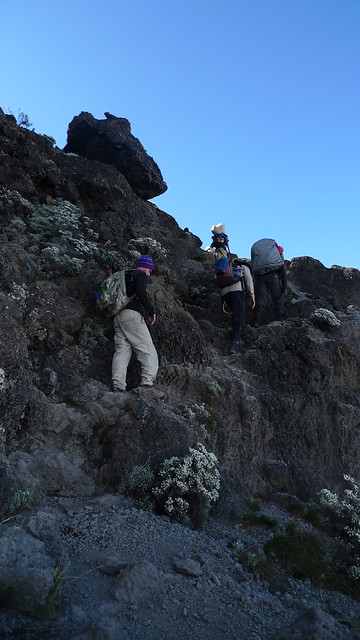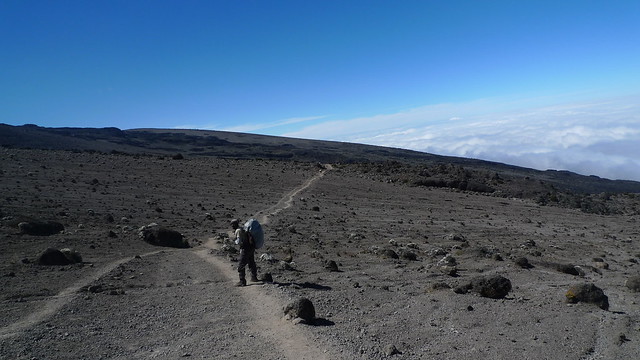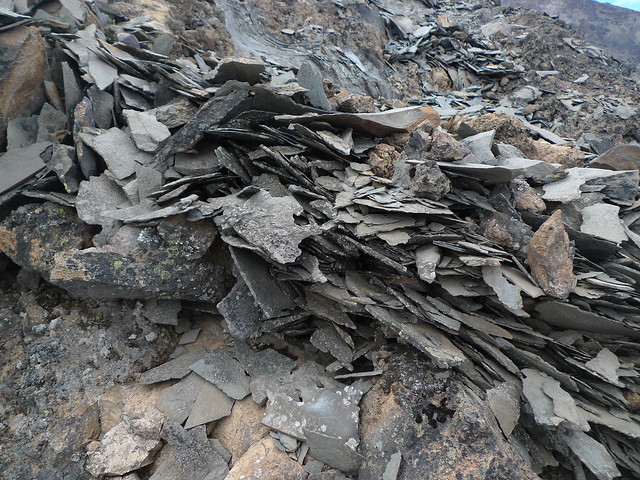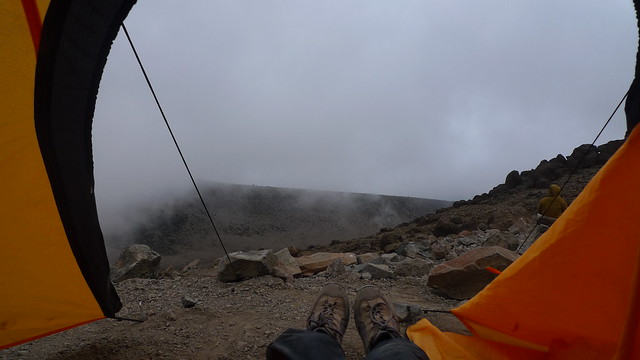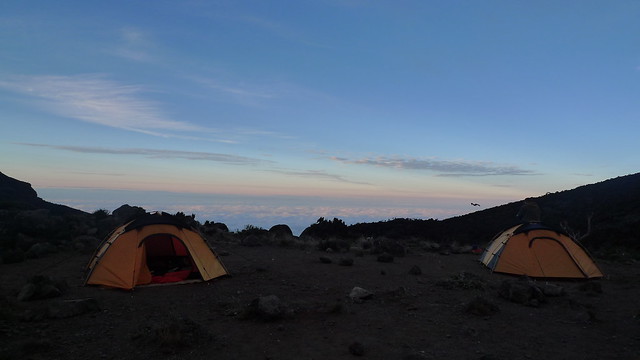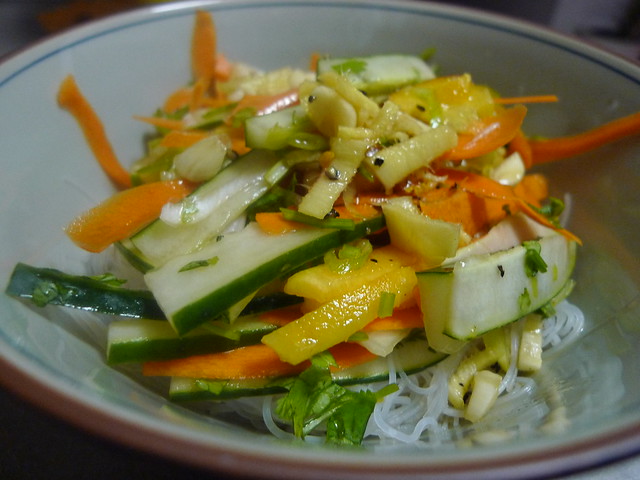The Dr. tuned me into the new Cooking Channel when he came in from Boston to visit. I’ve stopped watching the Food Network a long time ago after I’ve noticed that most of their shows were targeting eaters that are not too adventurous. It seems that the Cooking Channel is their way to separate that content from the ones that involve personalities and cuisines of different origins. In a few hours alone, I saw segments shot in Vietnam, India and Italy which did not involve any screaming or bleached blonde hair.
My favorite so far is Luke Nguyen mainly because he’s traveling all over Vietnam with that ridiculously curious Vietnamese-Australian accent. He was in a green peppercorn farm that reminded me so much of the Philippines countryside. I actually remembered seeing the peppercorns the last time I was in Kalustyan’s but had no idea what to use them for, so after watching his show, I made a return trip to buy a packet.
The recipe also called for chicken. I had ordered a whole chicken from Holton Farms in Vermont who’s currently running an ingenious idea on how Community-Supported Agriculture could change the way we buy produce. My neighborhood in Harlem became one of their test spots after I convinced them to deliver in my neighborhood in exchange for getting them new customers who also live in my building. When I saw this recipe on TV, I thought it’d be a relief not to make another roasted chicken.
You can buy green peppercorns from Kalustyan’s, the heavenly spice store on Lexington Avenue in Curry Hill here in New York City. While there, pick up a sachet of annatto powder as well, but really, I didn’t think it added any thing special to the dish except for some more reddish-orange color. The original recipe called for oil, but the powder was less expensive so I opted for that instead. I also forgot to pick up tomatoes, so I ended up using half of the small can of tomato paste I had in my pantry.
I imagined this to be richer in taste, but it was subtle in flavor. Perhaps it was the coconut juice that made it a tad sweet and differentiated it from other tomato-based stews I’ve made before.
Ingredients:
green peppercorns
3 cloves of garlic, minced
salt
1 tbsp sugar
1 whole fresh chicken, washed, patted dry with a paper towel
oil
4 tbsps tomato paste
2 small carrots, chopped in bite-sized pieces
1 tsp annatto powder
4 shallots, sliced
3 cans of coconut juice
a splash of fish sauce1. Lightly bruise 4 tbsps of peppercorns in a mortar and pestle. Remove and transfer to a small bowl. Add half of the minced garlic, a dash of salt and sugar and mix. Use this as a rub for the chicken and massage all over. Cover and marinate in the refrigerator for 1 hour.
2. In a large Dutch oven, heat some oil and sauté the remaining garlic and 2 tbsps peppercorns until fragrant. Set aside in the pot and add the whole chicken. Brown chicken on all sides for some nice color and then carefully remove to a plate.
3. In the same pot, add the tomato paste, carrots and annatto powder. Stir to combine and then add shallots, coconut juice and fish sauce.
4. Bring the mixture to a boil and skim off any impurities that rise to the top. Return the whole chicken and simmer, covered, for about 40 minutes. Turn the chicken after about 20 just to make sure the other side is also submerged into the coconut broth.
Related post/s:
Learn about the good things that Holton Farms is doing for our communities
OpenSky sells a nice 3.5 Le Creuset in flame

